
FX trader | 16+ yrs trading exp.
I am not a bot.
I don’t use Telegram or send invites.
Blog & Books 👉 https://t.co/ZxU7qo7pJm
16 subscribers
How to get URL link on X (Twitter) App

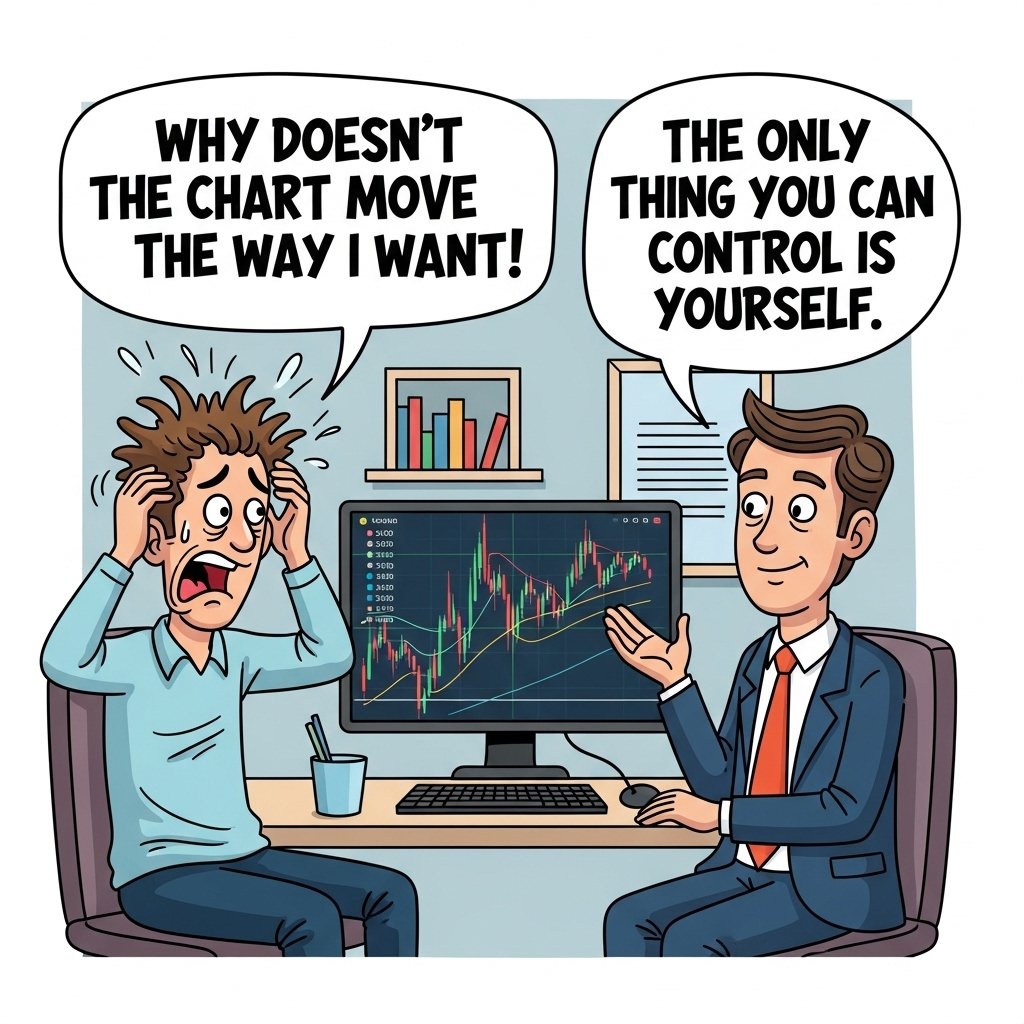
 2/5
2/5
 2/5
2/5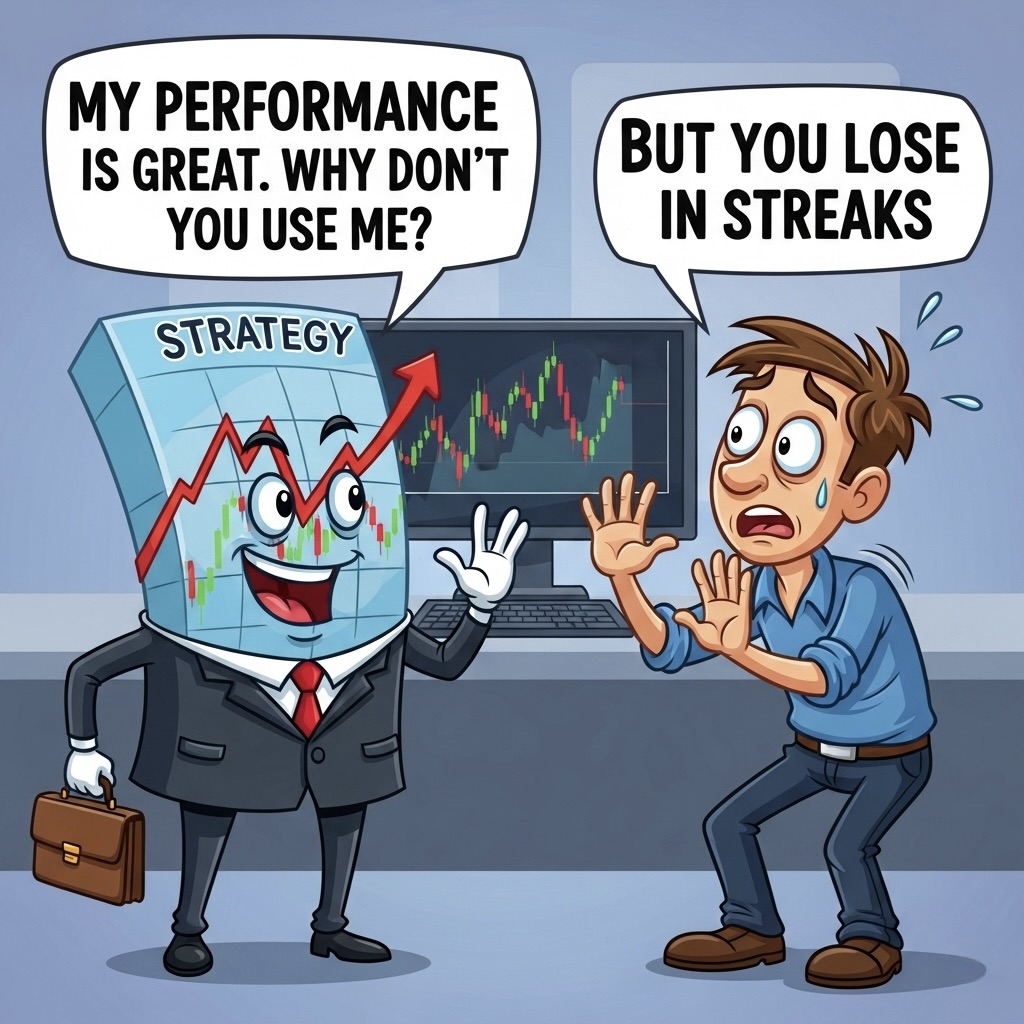
 2/5
2/5
 2/5
2/5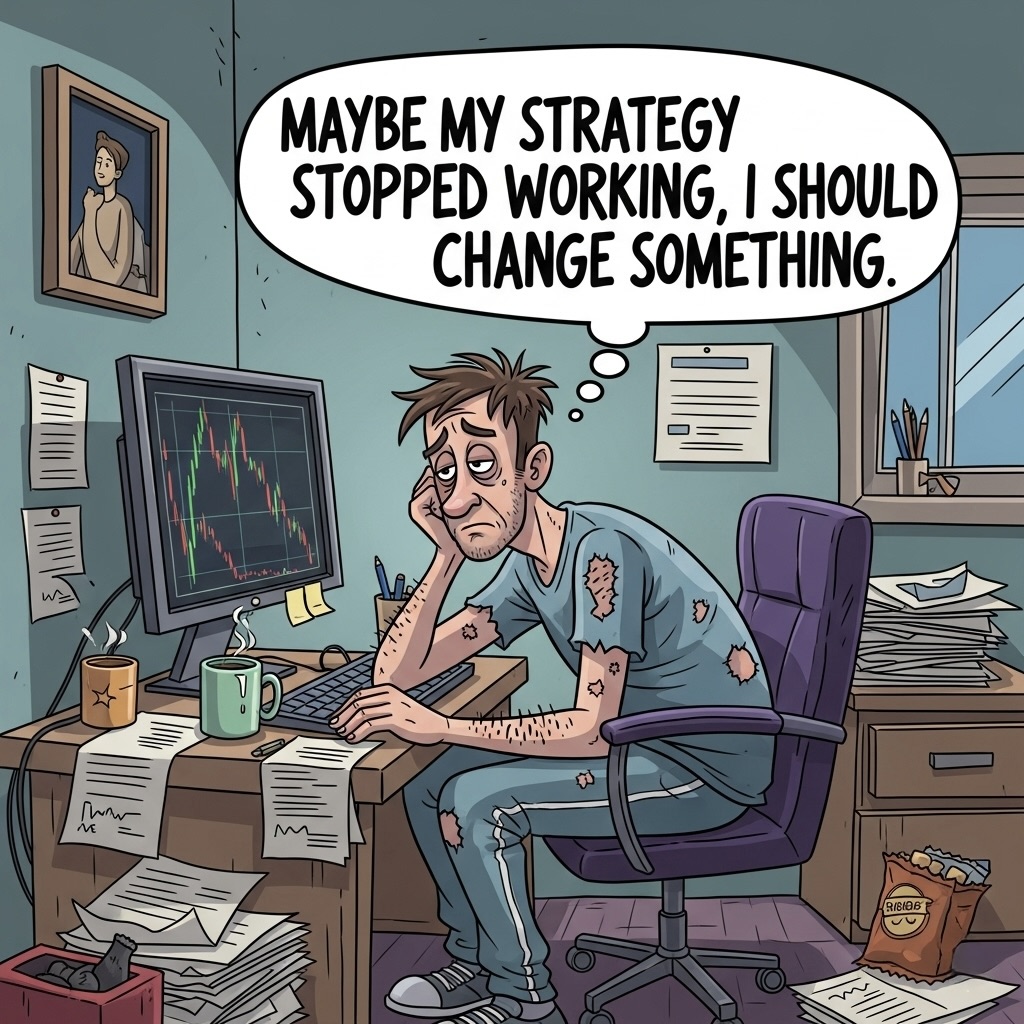
 2/5
2/5
 2/5
2/5
 2/5
2/5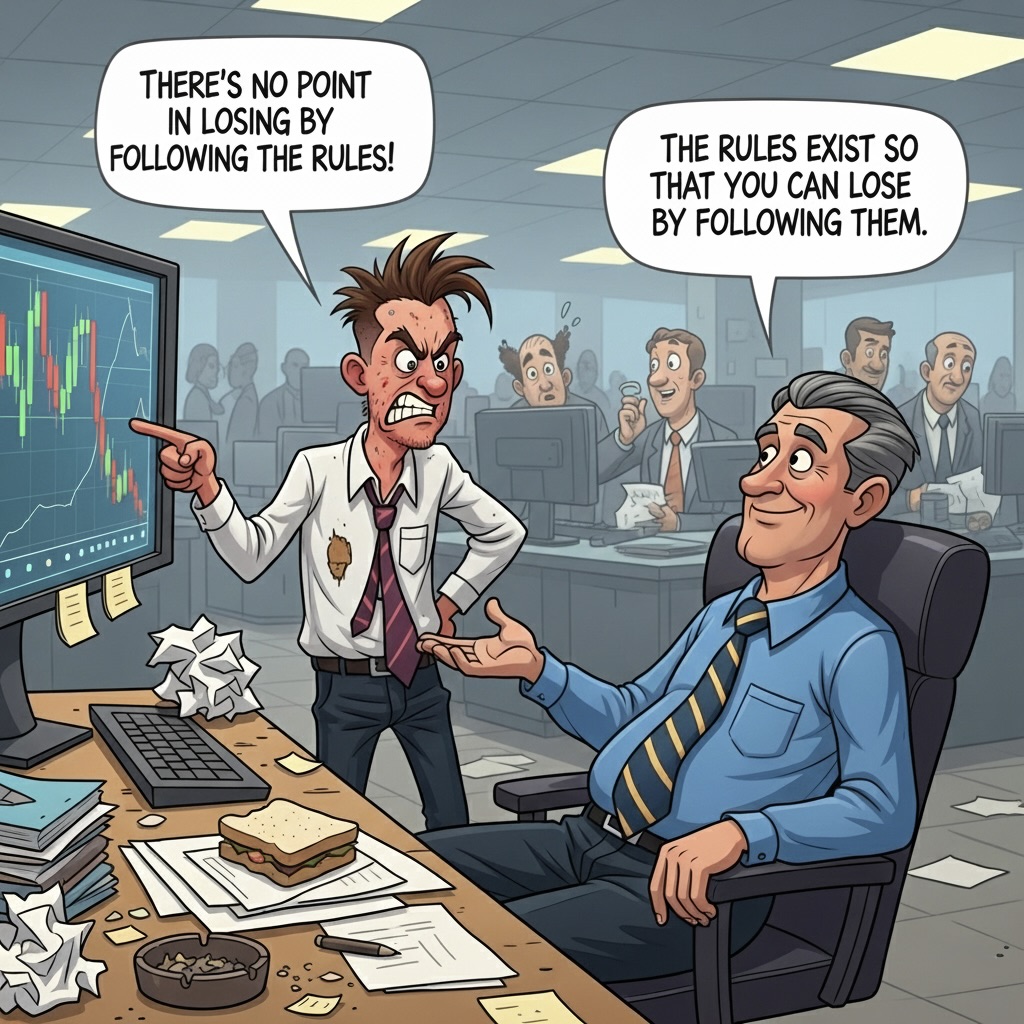
 2/5
2/5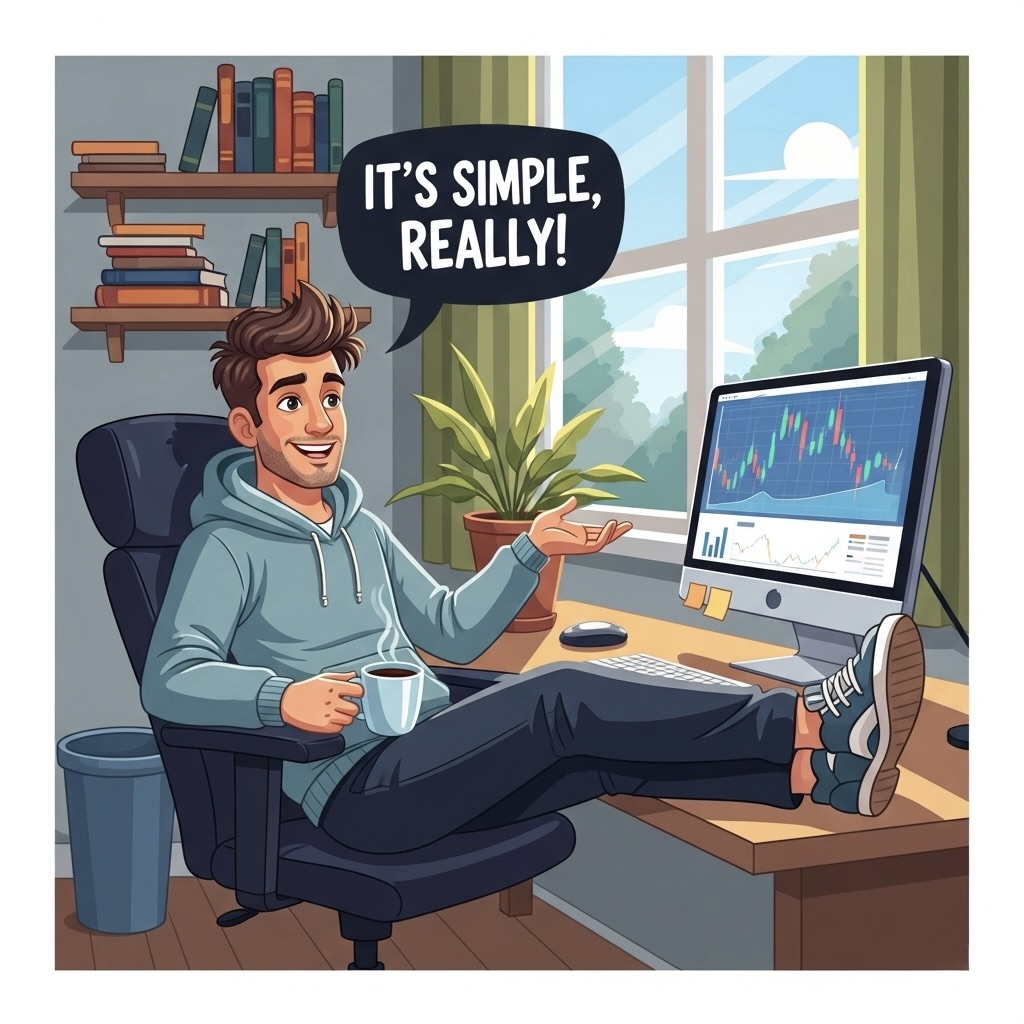
 2/5
2/5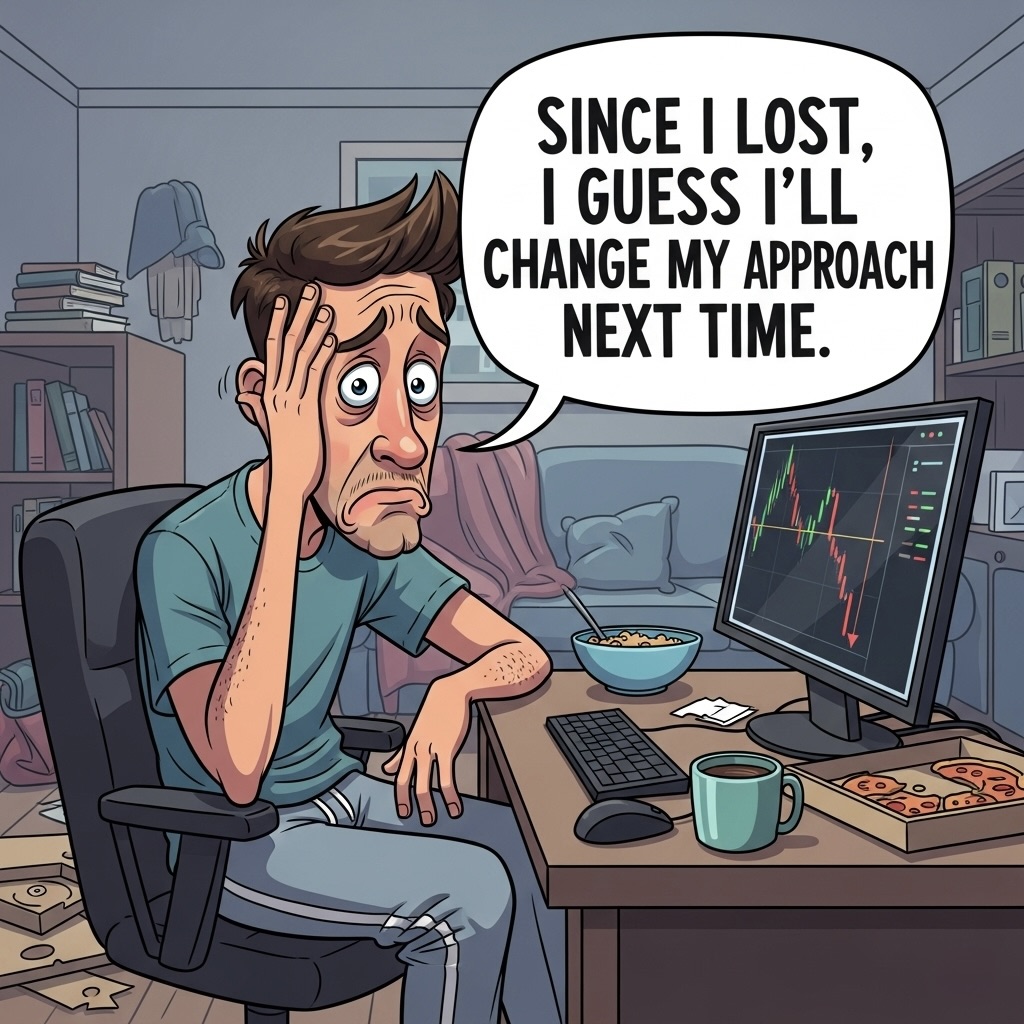
 2/5
2/5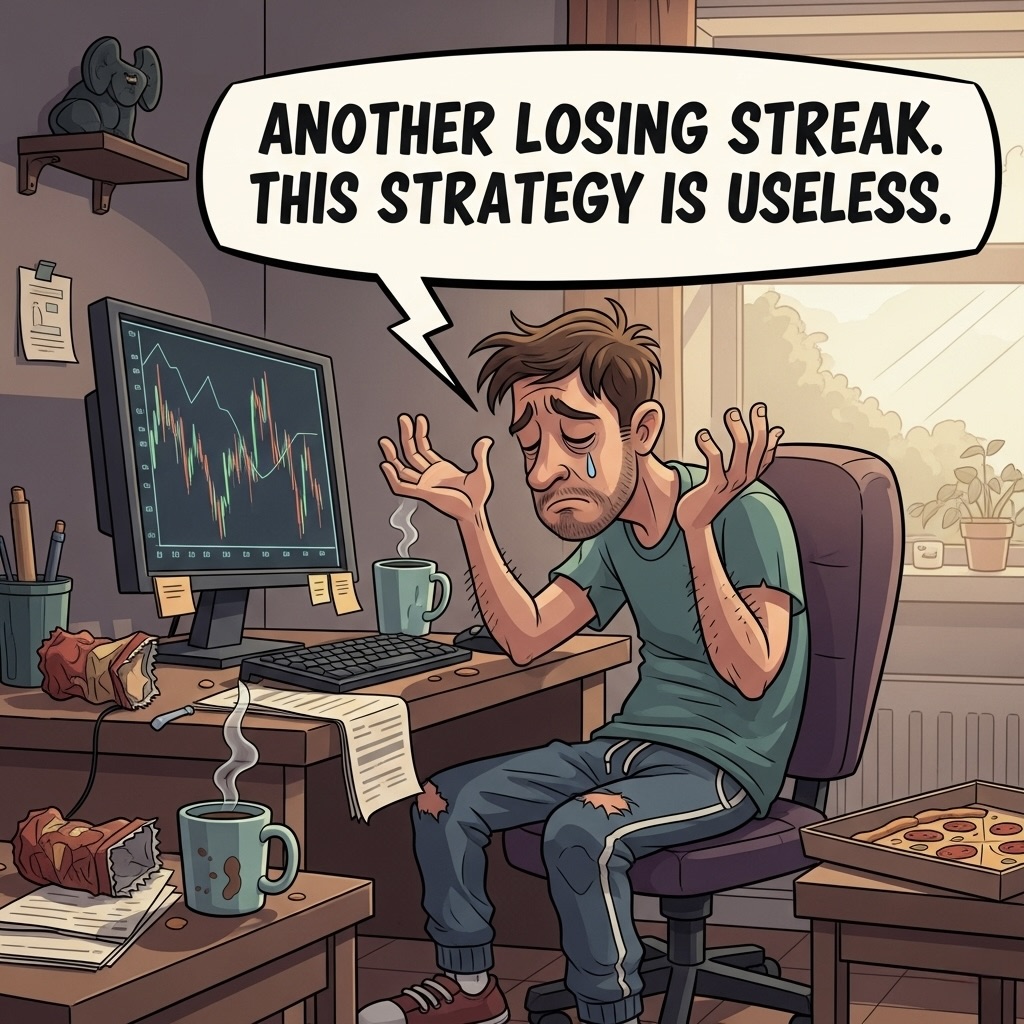
 2/5
2/5
 2/5
2/5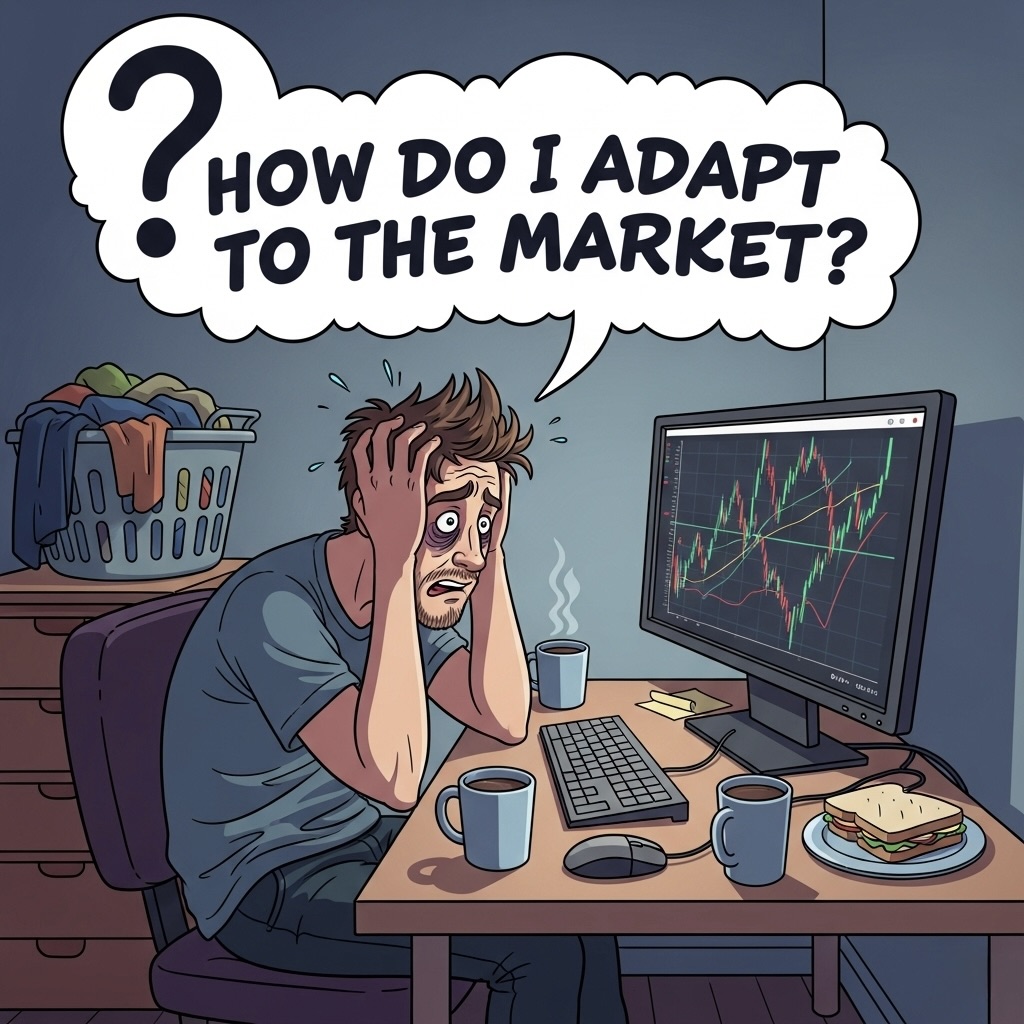
 2/5
2/5
 2/5
2/5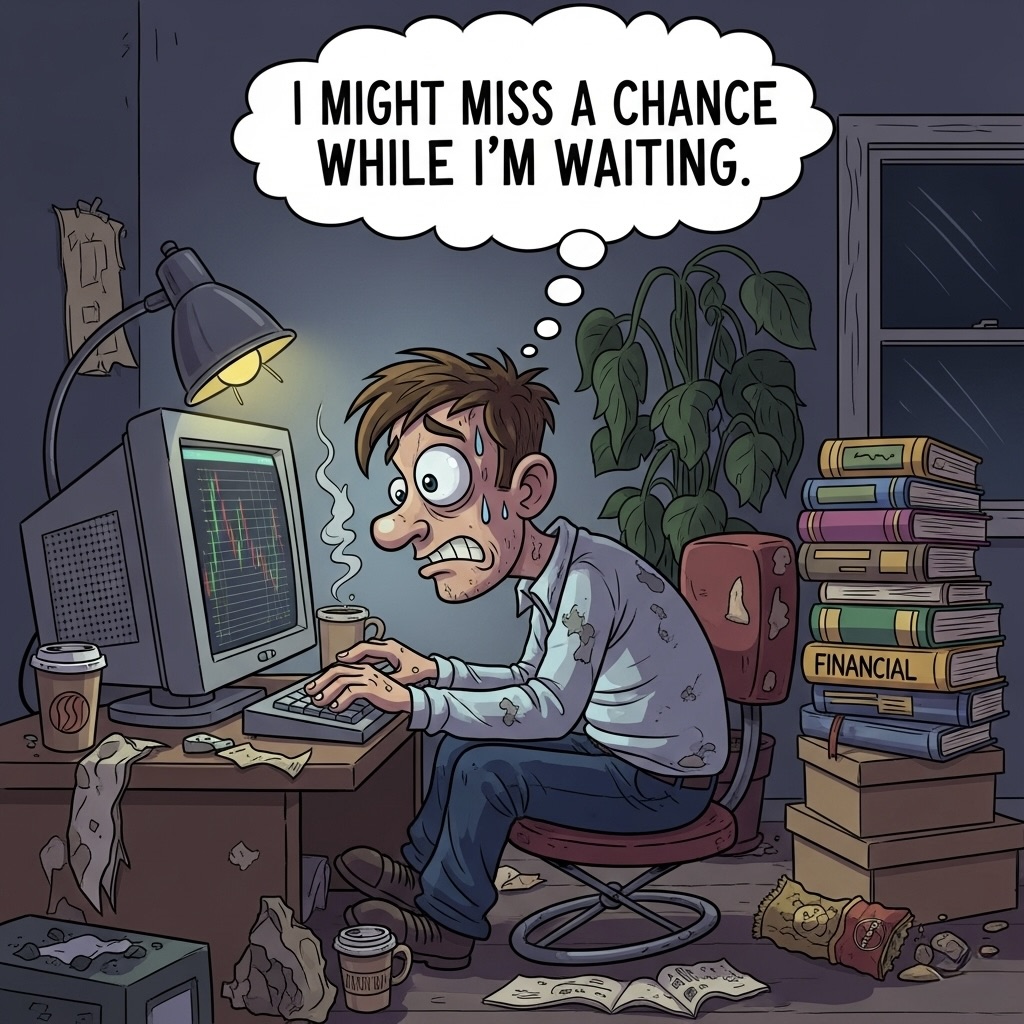
 2/5
2/5
 2/5
2/5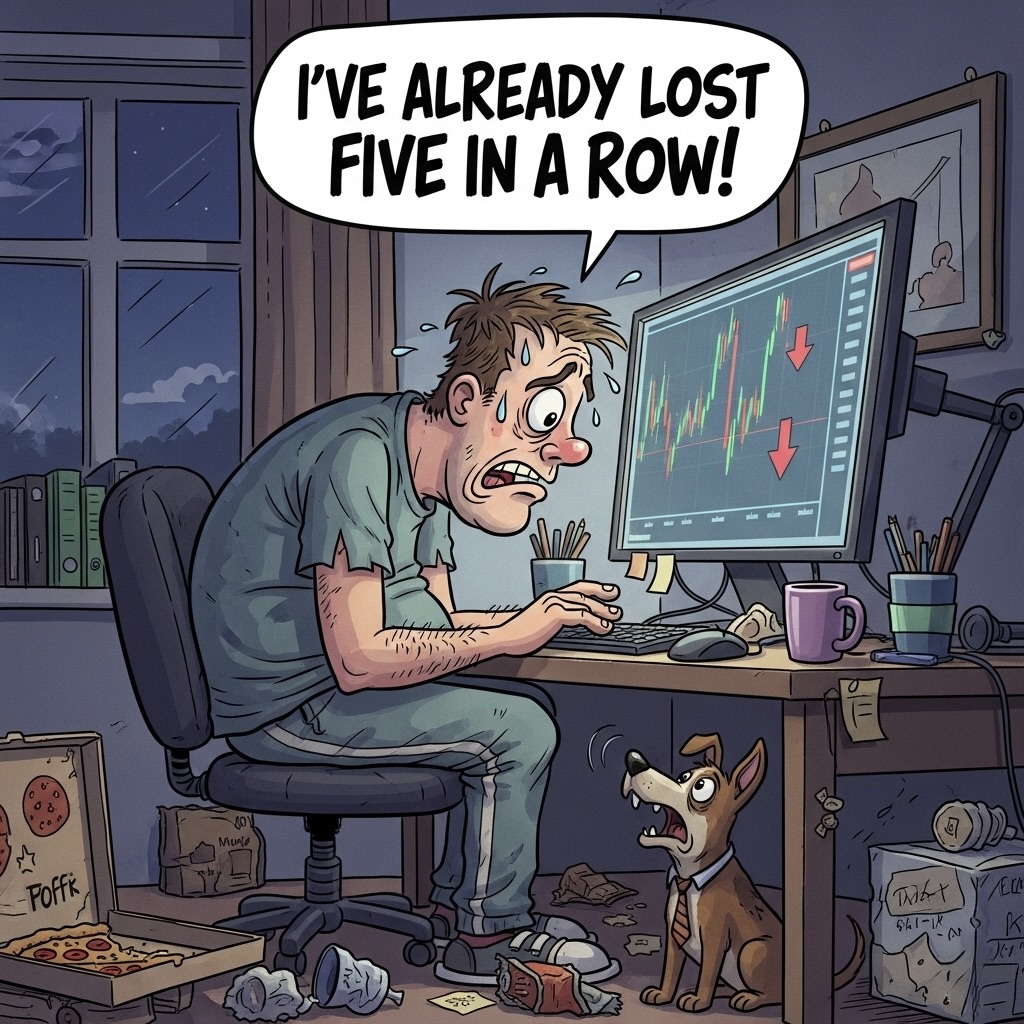
 2/5
2/5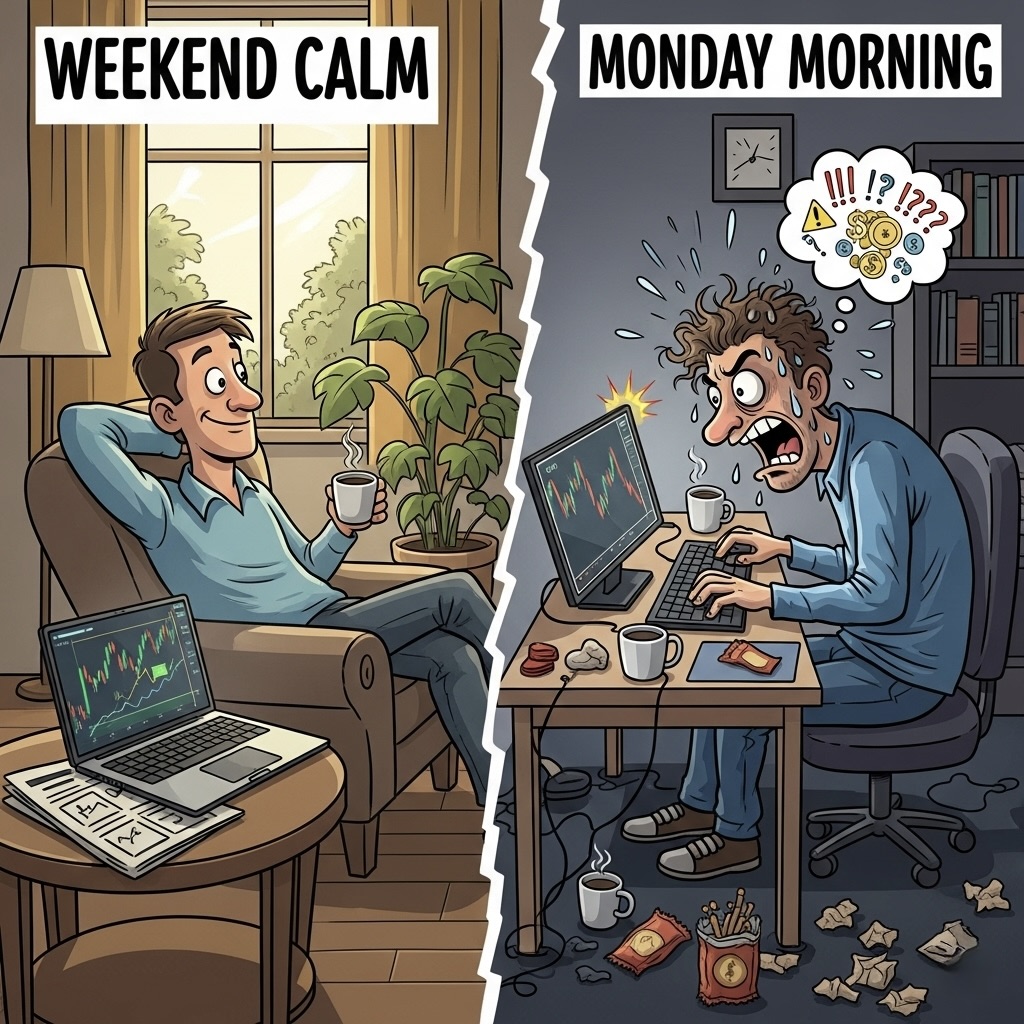
 2/5
2/5
 2/5
2/5
 2/5
2/5